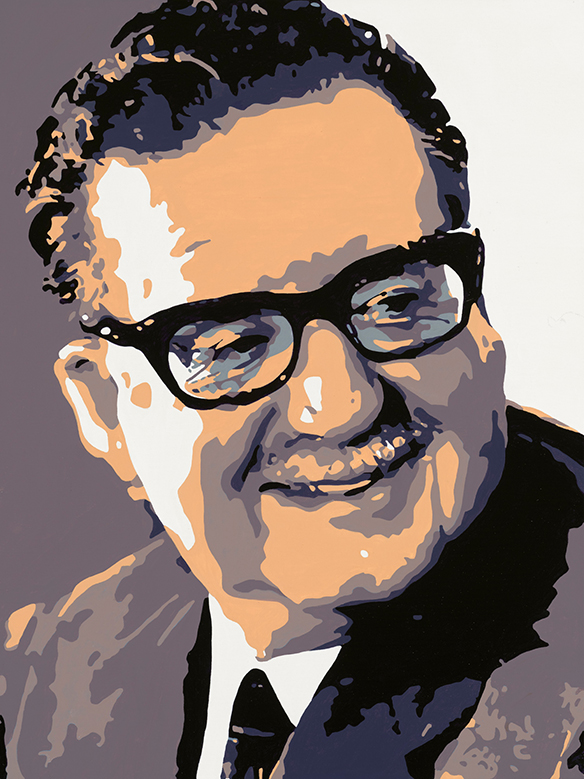
[Compiled and annotated by Pat Thomas; PowerHouse Books; 256 pages.]
Pat Thomas has written and published colorful books about the Black Panthers — the defiant organization that rocked the U.S. from coast-to-coast in the 1960s — and Jerry Rubin, the author of DO IT! and Growing (Up) at 37. His latest book is about Allen Ginsberg, the unofficial U.S. Poet Laureate whose work has been read and enjoyed from Chile and Czechoslovakia to China and everywhere that the spoken word is treasured. Material Wealth might be called a scrapbook in the spirit of the Yippies that combines words and images and creates something greater than its parts. Indeed, it’s composed of bits and pieces — photos, sketches, letters, posters and ephemera — that cohere and coalesce.
It also might be described as Ginsberg “light,” though it also includes plenty of darkness, a territory that the poet covered in his three major poems: Howl — an epic about a generation “destroyed by madness”; Kaddish — an elegy for his mother, Naom — and Wichita Vortex Sutra, an anti-war hymn in which he writes, “I here declare the end of the war!” It’s as timely a proclamation in the age of Ukraine and Gaza as it was during the Vietnam War.





























